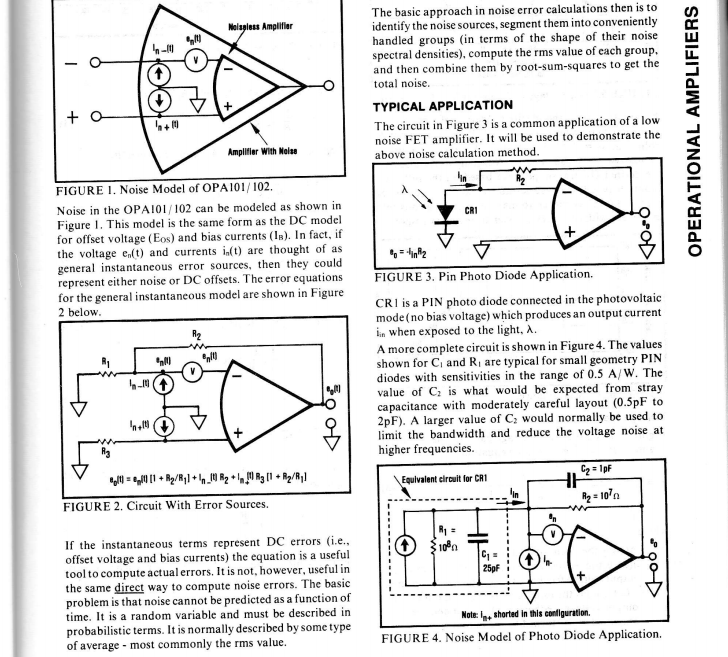Other Parts Discussed in Thread: INA213, INA190, INA191, INA186, TINA-TI, , TIDA-00454
Hi!
I'm studying this component to use with a current transformer to measure the current through it. I simulate next circuit with the next considerations:
- I use an ideal operational amplifier to simulate INA213
- I use a current source to simulate the secondary current produced by the current transformer. It is divided by 1000 becuase of the transformer has a relation of 1000:1. I want to amplify 22 mA.
- R9 is 15 Ohm because of is the termination resistor of the current transformer I'm going to use.
- I put Vref in the middle of the 3.3 V.
- Also, I added C, R10 and R11 to decrease input bias current as the datasheet explain. (Pag 16 of datasheet)
My problem is I don't know if the Rshunt is so high and it could affect Vout. I can't reduce it because is the resistance that the datasheet of the current transformer specifies.
How I can model Input bias current to see its effect. Like a crrent source or a resistor...?



